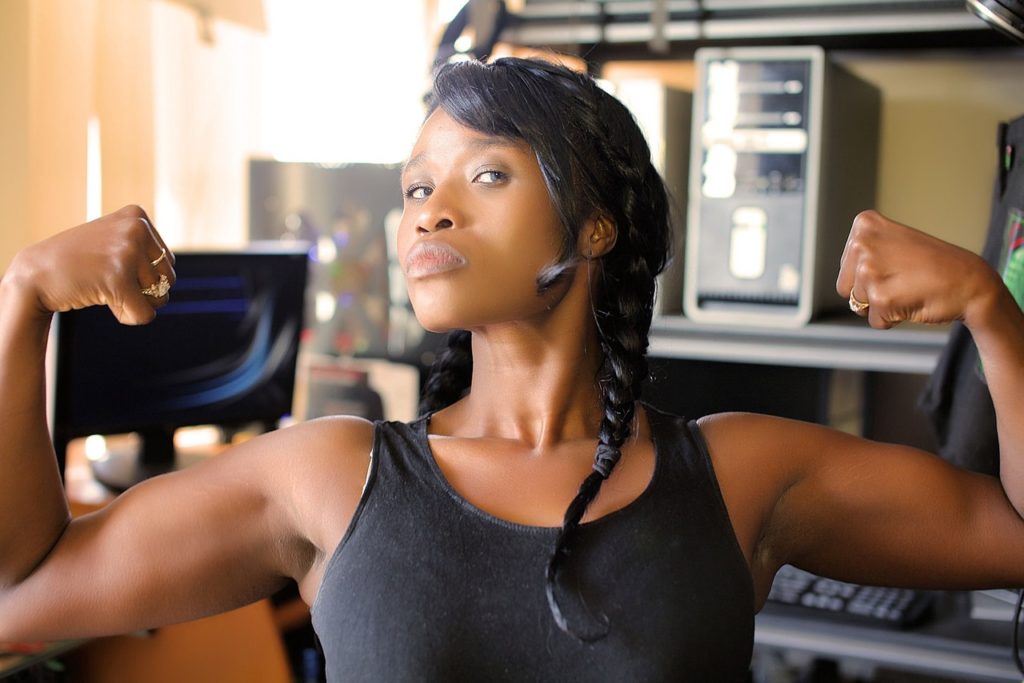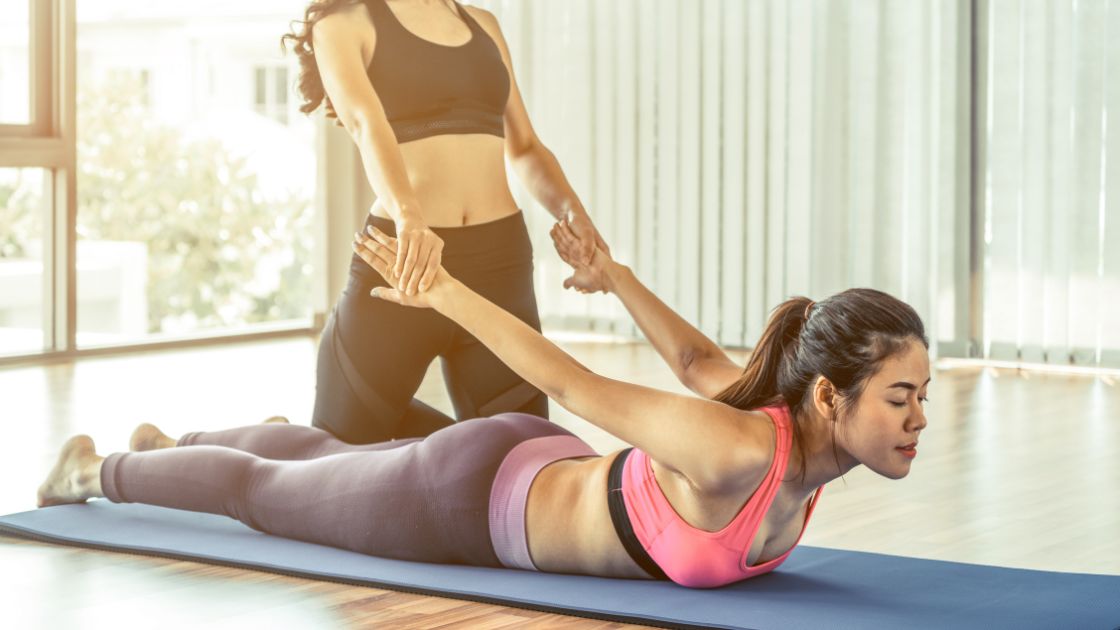Essentials of Fitness Part 1: Strength

As mentioned in the previous blog (and as will be mentioned in the next three blogs following this one), there are four different aspects of fitness: strength, cardio, flexibility, and balance. A well-rounded fitness routine should address of all four categories; not just one! All of the aspects of fitness complement and improve one another, which is what makes their combined power so vital to your health! Read more from our article Your Own Monthly Fitness Challenge, to learn more about how they help each other out!
The aspect that we’re focusing on today is strength. What is strength training and why is it so important?
What is Strength Training?
Strength training is physical activity that is intended to improve muscular fitness by exercising against external resistance.
What Are The Benefits?
- Protecting muscle mass
-
-
- As we age, our muscle mass decreases. Regular strength training can slow the progression.
-
-
- Improved bone health
-
-
- Strength training has been shown to improve bone density and functional performance
-
-
- Reduced risk of injury
- Weight loss/maintenance
-
-
- Improved metabolism will lead to more burned calories!
-
-
- More efficient body mechanics
-
-
- We’ll address this one in the following paragraph
-
-
- Energy boost
- Improved mood
-
-
- Bring on the endorphins!
-
-
- Making you stronger and fitter
-
-
- No way!
-
-
Using Proper Body Mechanics
Let’s talk about activities of daily living. When done with proper body mechanics, simple everyday activities can work as strength building exercises for your body. A good example is using proper mechanics to lift a heavy object from the ground. I can admit that I don’t always use the best body mechanics when I’m performing everyday tasks. If I need to lift a heavy object, I might bend my spine forward (which is not good for you!) when the best course of action would be to squat first. Don’t overextend your spine!
When we use poor mechanics, the muscles that we should be using are missing an opportunity to gain strength. Weakened muscles lead to overcompensation from the stronger muscles. And then the overcompensating muscles wear themselves out. And worn out muscles lead to dysfunction and pain.
How to Incorporate Strength Training into Your Regimen
If you’re just starting to add some strength exercises to your workout routine, start small. Maybe do your strength training for twenty minutes per day, two days per week. And if you do start to add longer sets of strength training as time goes on, don’t overdo it! Here are some important guidelines!
- Eat!
-
-
- If your calorie intake isn’t high enough, you’re going to start burning muscle instead of fat.
-
-
- Don’t over exercise!
-
-
- This increases your risk of injury.
- Your muscles need to rest. Even strength training the same muscle group two days in a row can be harmful.
-
-
- Use proper form
-
-
- Good posture is key.
- Be slow and steady
- Don’t forget to breathe!
-
-
- Find your comfort level
-
-
- Stay within the boundaries of your personal range of motion; don’t try to go any further.
- Find a weight (for lifting) that is best suited for you. When training, you should be putting forth effort to move the weight — but not so much that you’re straining yourself or holding your breath.
-
-
Common Strength Training Exercises
- Weight lifting
- Bench press
- Pushups
- Squats
- Planks
- Kettlebells
- Chin-ups
- Lunges
Now go do some strength training!
So keep your body properly functioning, reduce your risk of injury and do some strength training! If you’re already fairly active, challenge yourself and make an effort to strengthen your less-used muscles. Everyday activities will be easier and you’ll injure yourself a whole lot less once you’re on the right track!
If you have any questions, schedule a free consultation with Dr Randy Moyer.
We’ll talk about cardio next week in Aspects of Fitness Part 2!
Written by: Katrina Jenkins
Photo credit: Pixabay





